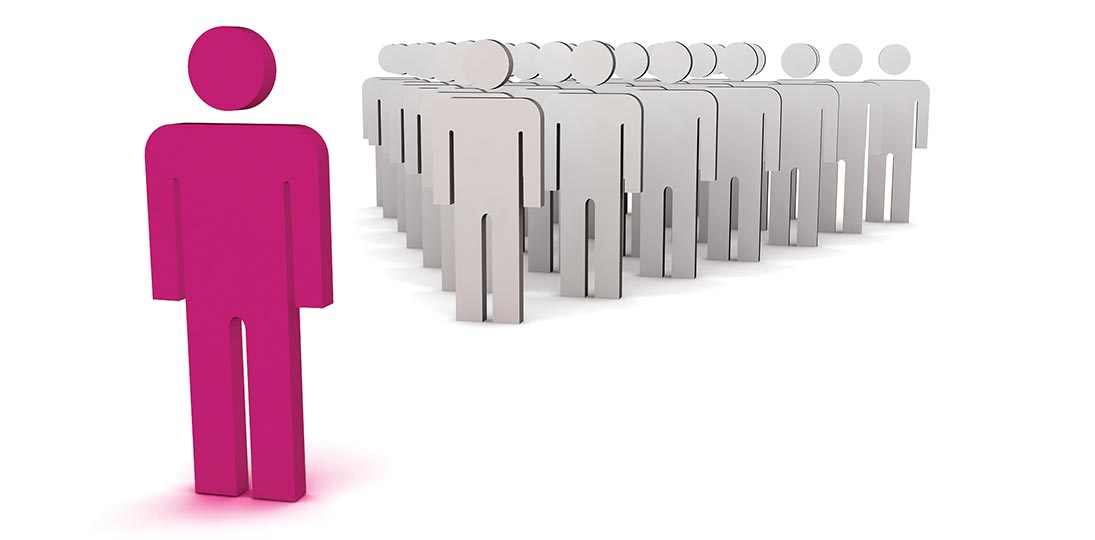Work is Not a Place. It’s an Activity.
In the 21st century, technology, new ideas in corporate culture and a new generation are changing and challenging the very concept of what a workplace is and what it looks like. There have always been different sorts of spaces for work – offices are different from consulting rooms, studios and workshops are not the same as galleries or showrooms, on-site workers have different needs than off-site ones, and many spaces are multi-functional and can be reconfigured depending on what is needed at any given moment.
Labor is shifting from repetitive tasks to more varied and dynamic work. Employee engagement is now understood as a key factor in motivating employees to be more productive and increasing staff retention. Projects are increasingly being completed by small teams who share ideas and tasks, and both internal and external communications have been transformed by the advent of social networking.
There is no “right answer”, no “one size fits all” of how to configure a modern workplace. As with so much in the modern age, it all depends on various factors – what your corporate culture is, who your employees are, what kind of physical space you have and how you use it, and what technology is best suited to increasing productivity and employee satisfaction.
In our white paper, we’ll walk you through all of the considerations:
- Corporate culture and why it’s important
- Employee types, generations, and motivators
- The benefits of activity-based workplaces
- Technology in the modern workplace
- Digital Signage and human-centered design
- The HCD design kit for digital signage
- Future trends to watch out for
- Lots of great links to further reading
